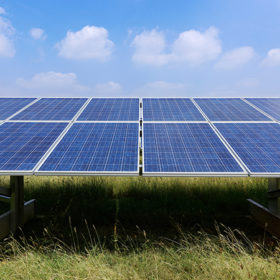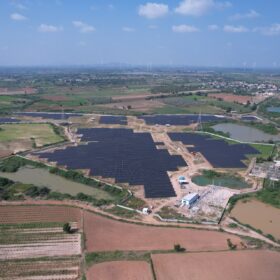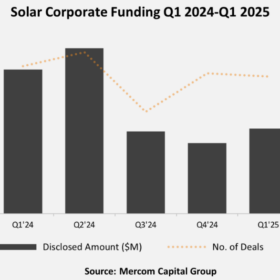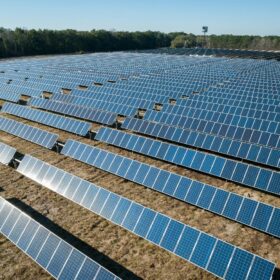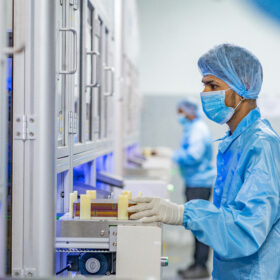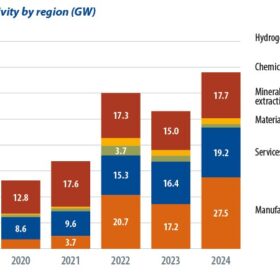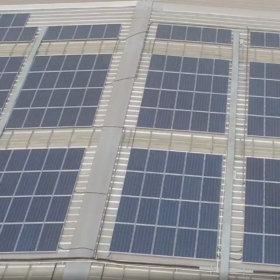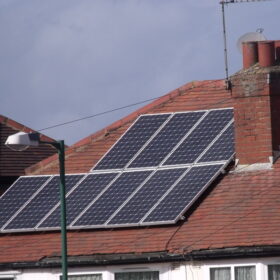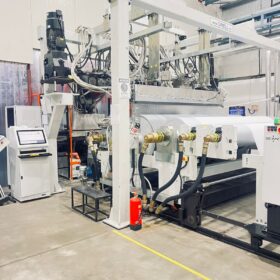Tata Power Renewable to develop 131 MW wind-solar project under PPA with Tata Motors
The 131 MW wind-solar project will supply power to Tata Motors’ six manufacturing plants in Maharashtra and Gujarat.
Kosol Energie commissions 12 MW DC solar project for GSECL
Kosol Energie has commissioned a 12 MW DC solar project featuring 545 Wp bifacial modules with 144 half-cut cells and transparent backsheet.
Fire risks in industrial rooftop solar systems due to poor installation
Clean Energy Associates (CEA) has inspected more than 600 industrial PV systems and has found widespread safety risks, largely stemming from poor installation practices, but many issues are easily identifiable and fixable.
Waaree Renewable Technologies posts INR 1,597.75 crore revenue for FY 2024-25
Waaree Renewable Technologies has reported a revenue of INR 1,597.75 crore for FY 2024-25, a growth of 82.3% compared to INR 876.50 crore in FY 2023-24.
Global corporate solar funding falls 41% to $4.8 billion
Corporate funding in solar fell 41% year-over-year in Q1, 2025 due to policy reversals, tariff shocks and regulatory uncertainties, said a report from Mercom Capital.
Aluminium sector could add up to 20 GW of solar and wind power capacity by 2030
With new smelting capacity on the horizon, the aluminium industry is well-positioned to drive a major shift toward clean energy, says a new report by JMK Research.
IEA’s World Energy Outlook systemically underestimates solar PV development
Since 1993, the World Energy Outlook (WEO) of the International Energy Agency (IEA) has been an authoritative report on energy statistics and guiding future energy supply and demand developments. An examination of these reports, however, indicates that even the most progressive of WEO scenarios has vastly underestimated the growth of renewable energy technologies, especially solar PV.
Havells invests INR 600 crore in Goldi Solar
Havells India Ltd has signed binding term sheet to invest INR 600 crore in Surat-based PV module manufacturer Goldi Solar (Goldi). As part of conditions precedent to the transaction, Havells will enter into a master supply and service agreement with Goldi for consistent supply of solar modules and cells.
Data centers lead global growth in corporate PPAs
In 2024, the global corporate clean energy procurement market grew strongly, with a record 68 GW of power purchase agreements (PPAs) and other clean energy procurement deals announced. That amounted to 29% growth against the previous year. Caroline Zhu and Bruno Brunetti, of S&P Global Commodity Insights, examine the trends behind these numbers.
India’s installed rooftop solar capacity expected to reach 30 GW by FY27
India’s installed rooftop solar capacity will reach 25–30 GW by FY 2027 from 17 GW in FY 2025, according to CareEdge Advisory & Research.
